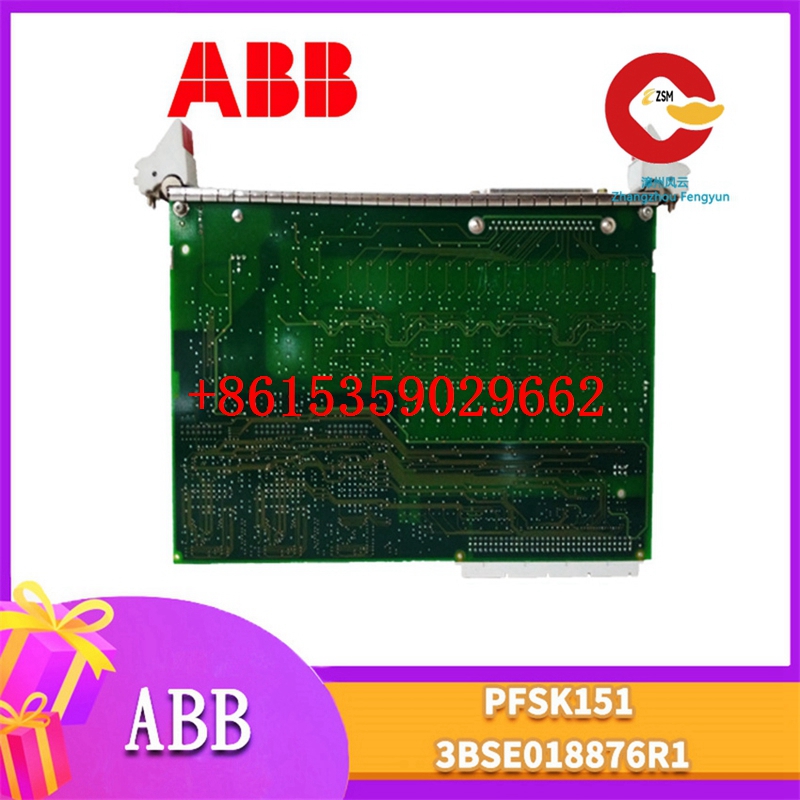Technical Parameters of Nematron 110A0431 Communication Board

1. General Overview
The Nematron 110A0431 communication board is a key component designed to facilitate efficient data communication within industrial automation and control systems. It serves as a bridge between different devices, enabling seamless data exchange and ensuring the smooth operation of the overall system.
2. Communication Protocols Supported
2.1 Ethernet Protocols
- TCP/IP: This is one of the most widely used protocols on the Internet and in industrial networks. The 110A0431 board supports TCP/IP, allowing it to connect to local area networks (LANs), wide area networks (WANs), and the Internet. It enables reliable data transmission over Ethernet, with features such as error – checking and retransmission mechanisms to ensure data integrity. For example, in a manufacturing plant, the board can use TCP/IP to send production data from sensors and controllers to a central monitoring system.
- UDP (User Datagram Protocol): UDP is a faster but less reliable protocol compared to TCP/IP. It is often used for applications where real – time data transmission is more important than guaranteed delivery, such as in some industrial control applications where a slight data loss is acceptable in exchange for lower latency. The Nematron 110A0431 board can handle UDP traffic, allowing it to be used in time – sensitive control scenarios.
2.2 Serial Communication Protocols
- RS – 232: A standard serial communication protocol used for short – distance data transmission between devices. The 110A0431 board may include RS – 232 ports, enabling it to connect to legacy devices or simple peripherals such as barcode scanners or printers. For instance, in a warehouse management system, the board can use RS – 232 to communicate with a barcode scanner for inventory tracking.
- RS – 485: RS – 485 is a more robust serial communication protocol that supports multi – drop communication, allowing multiple devices to be connected on a single bus. It is commonly used in industrial environments for long – distance and noise – immune data transmission. The communication board can use RS – 485 to connect to sensors, actuators, and other I/O devices distributed throughout a factory.
2.3 Fieldbus Protocols
- Modbus: Modbus is a widely used fieldbus protocol in industrial automation. The Nematron 110A0431 board supports Modbus, both in its serial (Modbus RTU) and Ethernet (Modbus TCP) versions. This allows it to communicate with a large number of industrial devices from different manufacturers, such as programmable logic controllers (PLCs), variable – frequency drives (VFDs), and human – machine interfaces (HMIs). For example, in a water treatment plant, the board can use Modbus to monitor and control the operation of pumps and valves.
- Profibus (if applicable): Depending on the specific configuration of the 110A0431 board, it may also support Profibus, a high – speed fieldbus protocol commonly used in manufacturing automation. Profibus enables real – time data exchange between devices, making it suitable for applications that require precise control and synchronization, such as in robotic assembly lines.
3. Interface Specifications
3.1 Ethernet Interface
- Number of Ports: The board may be equipped with one or more Ethernet ports. These ports are typically RJ – 45 connectors, which are the standard for Ethernet connections.
- Data Transfer Rate: Supports high – speed data transfer rates, usually up to 100 Mbps or 1 Gbps, depending on the model. This allows for fast and efficient data communication within the industrial network.
- Network Features: May include features such as network address translation (NAT), virtual private network (VPN) support (in some advanced models), and quality of service (QoS) settings to prioritize critical data traffic.
3.2 Serial Interfaces
- RS – 232/RS – 485 Ports: The number of RS – 232 and RS – 485 ports varies depending on the board’s design. RS – 232 ports are typically 9 – pin D – sub connectors, while RS – 485 ports may use terminal blocks for easy wiring.
- Baud Rate: Supports a wide range of baud rates for serial communication, such as 9600, 19200, 38400, 57600, and 115200 bps. This allows it to be compatible with a large number of serial devices.
3.3 Other Interfaces (if applicable)
- USB: Some models of the 110A0431 board may include USB ports for easy configuration, firmware updates, or connection to external storage devices.
- Expansion Slots: May have expansion slots for adding additional communication modules or functionality, providing flexibility for future system upgrades.
4. Performance Characteristics
4.1 Data Throughput
- The board is designed to handle a high volume of data traffic. The actual data throughput depends on the communication protocols used, the network load, and the hardware configuration. For example, in a Modbus TCP network, it can achieve a data throughput of several megabytes per second under normal operating conditions.
4.2 Latency
- Low latency is crucial for real – time control applications. The Nematron 110A0431 board is optimized to minimize latency in data transmission, ensuring that control commands are executed promptly. The latency varies depending on the communication protocol and the network conditions, but it is typically in the range of a few milliseconds for most industrial applications.
4.3 Reliability
- Built with high – quality components and designed for industrial use, the board offers high reliability. It may include features such as error – correction codes, watchdog timers, and power – fail protection to ensure continuous operation even in harsh industrial environments.
5. Environmental Specifications
5.1 Operating Temperature Range
- Can operate in a wide temperature range, typically from – 20°C to + 60°C (or – 4°F to + 140°F). This allows it to be installed in various industrial settings, including those with extreme temperature conditions, such as outdoor installations or near heat – generating equipment.
5.2 Storage Temperature Range
- Has a storage temperature range that is even wider, ensuring that the board can be stored safely without damage when not in use. The storage temperature range may extend from – 40°C to + 85°C (or – 40°F to + 185°F).
5.3 Humidity
- Designed to operate in environments with a relative humidity range of 5% to 95% (non – condensing), making it suitable for use in humid industrial settings.
5.4 Vibration and Shock Resistance
- Meets industrial standards for vibration and shock resistance, ensuring reliable operation even in environments with mechanical vibrations or occasional shocks, such as in manufacturing plants or near heavy machinery.
6. Power Supply Requirements
6.1 Input Voltage Range
- Accepts a wide input voltage range, usually from 18 – 30 V DC or 110 – 240 V AC (depending on the model). This provides flexibility in system design and allows the board to be powered from different power sources.
6.2 Power Consumption
- Has relatively low power consumption, which helps to reduce operating costs and environmental impact. The exact power consumption depends on the configuration and load of the board, but it is designed to be energy – efficient.
In conclusion, the Nematron 110A0431 communication board is a versatile and reliable component that supports a wide range of communication protocols, interfaces, and environmental conditions. Its high performance and flexibility make it suitable for a variety of industrial automation and control applications.


